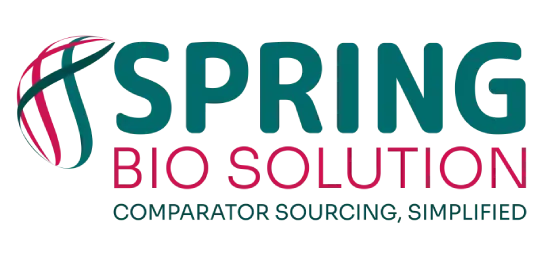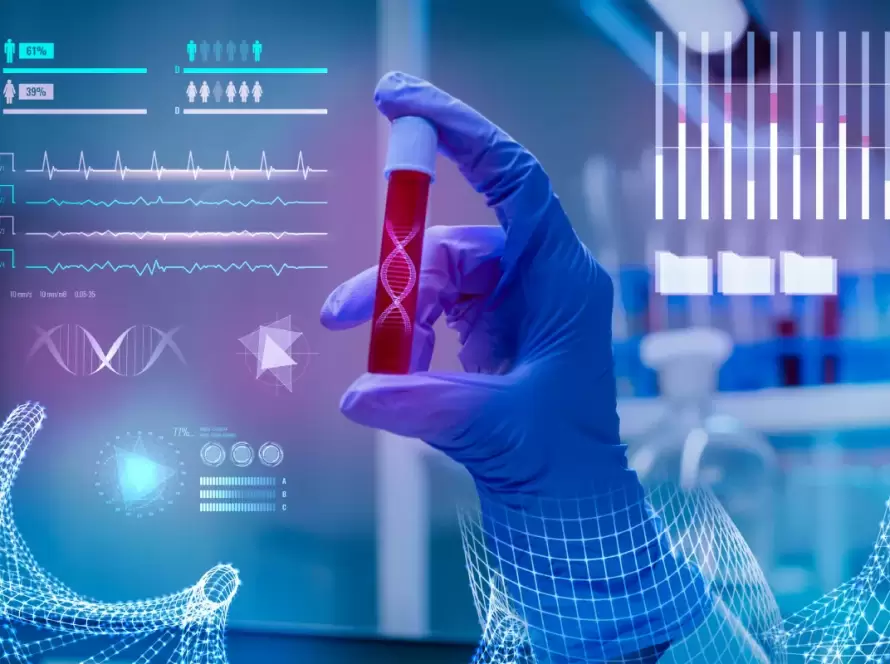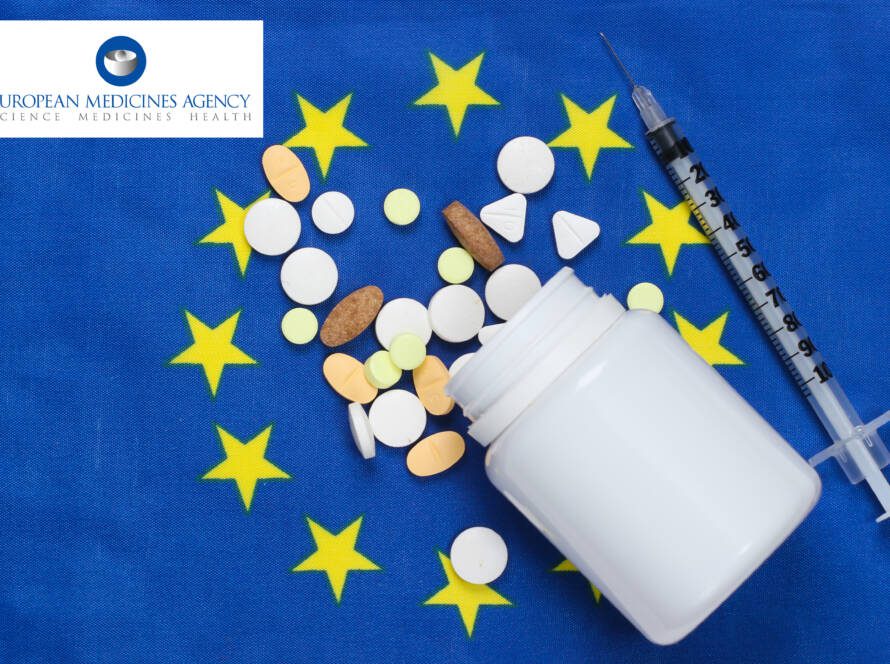Generic drugs are copies of the original branded drugs that are made available in the market once the validity of the patent protection of the branded drugs has expired. Generic drugs are identical to the original branded product as in contains the same active drug component, similar dosage form, potency, mode of administration, and intended purpose. It is crucial to highlight that the generic drugs also need FDA’s clearance and approval to market generic products in the market and need to establish its equivalence to that of the branded drug medicine. To ensure its sustained safety and effectiveness, the generic drug must fulfill the same quality criteria as the branded drug products and are subjected to frequent monitoring from the drug regulatory authorities. The FDA must receive an Abbreviated New Drug Application (ANDA), which includes details on the formulation, manufacturing process, labeling, and quality control of the drug as well as proof of its bioequivalence. To ensure compliance with good manufacturing practices (GMP), the FDA rigorously examines the submitted data and performs inspections of the production facilities. The FDA will approve generic drugs for marketing and sale if it finds that they are bioequivalent to branded drug medicine and comply with all legal standards. Despite having the same therapeutic benefit as their current branded alternatives, generic drugs are frequently sold at the lower price of that of the branded drug products. The prices range from 70% to 85% less than the price of branded medicines. In few countries the cost of the generic copies are decided by the pricing regulations as applicable.
Generic drugs are frequently less expensive than branded drugs due to variety of reasons as listed below:
1. Lack of Research and Development (R&D) expenses: A pharmaceutical company invests a lot of resources in new drug development. It includes the human efforts, time, money spent on basic research to animal studies, developing robust clinical research programs comprising several clinical studies across the various countries over a period of 10-12 years. Thereafter, a lot of effort and time is required to obtain the regulatory approval for the developed new drug. With the development and the launch of the new drug a major part of patent years are usually over leaving only 5 to 7 years for market exclusivity. Being the only novel medical product in the market, the branded generics are usually premium priced in the countries that have free pricing policies. However, in the EU and many other countries the price for the branded new medicinal product is decided by the government based on the reimbursement and national health policies. Since generic drug manufacturers have not invested in research for the new innovative medicine, they are allowed to enter the market only after the patent protection for the original branded product has ended. The price range for the generics is also governed by the national health policy of every country.
2. Manufacturing expenses: The generic manufacturers incur expenses for pharmaceutical development of the product and conduct of bioequivalence studies against the reference drug product. The animal studies, clinical studies are exempted for the generic manufacturer and do not need to repeat them. To make the generic drug, they employ the tried-and-true ingredients and production methods, which lowers production costs. By making the medication in big quantities, generic producers can also benefit from economies of scale, which lowers manufacturing costs even further.
3. Market Availability: The generic product is made available where the product is already in demand due to the marketing efforts of the branded drugs manufacturer. Thus, a readymade market is available to the generic manufacturer. The generic manufacturer make the product largely available in the retail pharmacies. In a few countries, by law, generic manufacturers can only undertake promotional activities at the level of pharmacies and not at the level of doctors. Generic drugs are widely available, particularly in underdeveloped nations or areas with a shortage of healthcare services. In few under-developed and developing countries, national policies are implemented to make generic products available across the country at lower prices thereby increasing their affordability and accessibility to a wider population.
4. Competition: When a brand-name drug’s patent runs out, other producers are permitted to make and market generic versions of the medication. This causes more generic producers to compete with one another, which can lower prices. As producers fight for a piece of the market, competition drives down prices.
5. Expenses for marketing and advertising: Brand-name drugs are frequently associated with significant marketing and advertising expenses. Brand-name drugs become more expensive as a result of these costs being passed down to consumers. However, the brand-name drug’s marketing activities help promote awareness of the generic drug, which benefits the generic producer without adding to their expenditures.
Generic drugs are almost equal to their brand-name counterparts in terms of safety, quality, and effectiveness, there may be some variations in their inactive components, such as fillers and binders. These variations, meanwhile, have no impact on the medication’s therapeutic benefits as established in the bioequivalence studies. To ensure their effectiveness and safety, generic drugs that are qualified by the regulatory authority adhering to strict regulatory criteria are permitted to be in the market.



